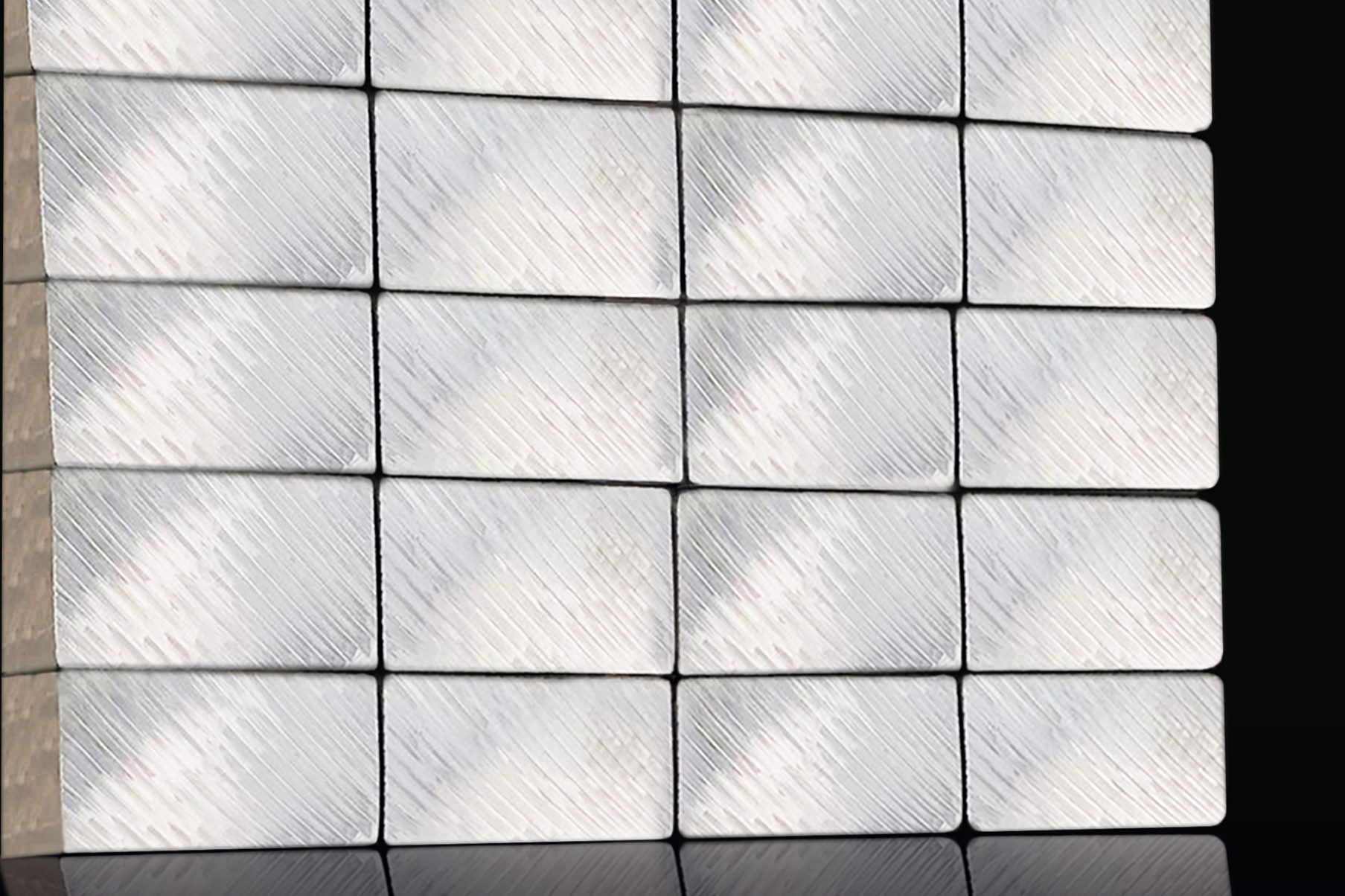
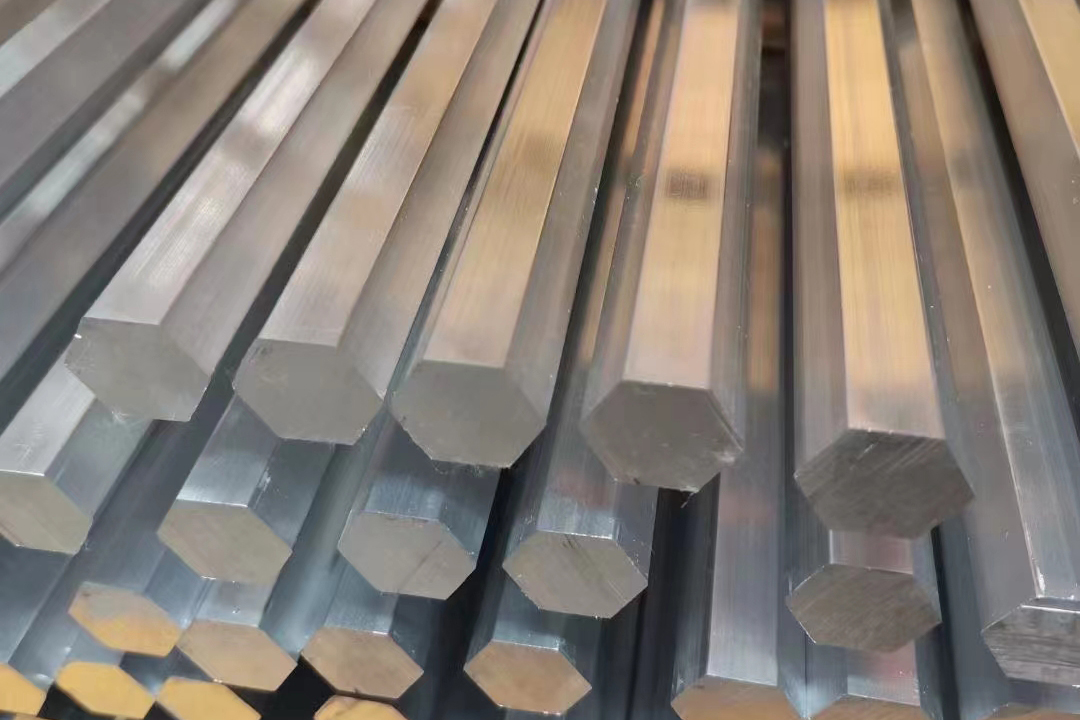
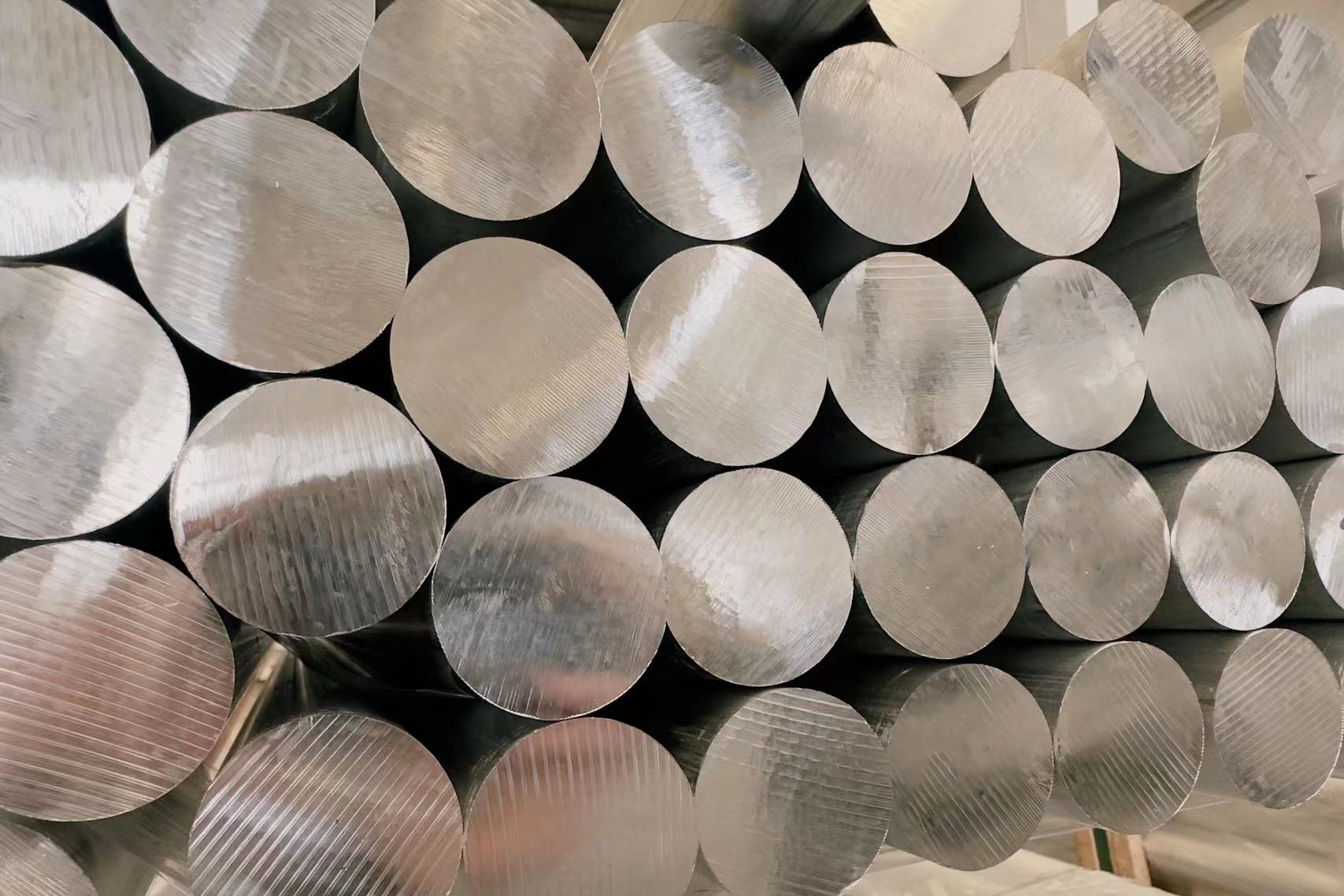
When discussing aluminum and its influence on military affairs, we all think that compared with many other metals, aluminum has better corrosion resistance, which means it can better withstand extreme environments. It's not hard to see how important this is in military operations, and marching to fight for modernization in the 21st century, airplanes will definitely play a very important strategic role in wars.
Why do all countries give priority to using aluminum alloy to manufacture military equipment?
Manufacturing aluminum alloy military equipment can reduce weight without sacrificing hardness and durability. The most obvious advantage is that it can improve fuel efficiency and greatly save fuel cost in transportation.
In addition, the durability of aluminum means that it is suitable for combat applications. The army has high requirements in terms of strength and security. Because of the existence of aluminum, lighter guns mean better use of soldiers, stronger bullet-proof vests can better protect soldiers on the battlefield, and strong mechanical military equipment can withstand the fierce battlefield environment.
With the continuous advancement of science and technology in recent decades, the scientific and technological content of military equipment is also increasing. Traditional metals can't adapt, while aluminum's thermal conductivity and electrical conductivity are very suitable for electronic devices and mobile computing, so durability and reliability are essential.
Why is aircraft of more strategic significance in military affairs, and aluminum is the best partner in manufacturing aircraft?
Aircraft is not the first military use of aluminum, but it does play an irreplaceable role in war. The plane can fight and transport, and it has a higher vision advantage in combat, which is stronger than the ground. In terms of transportation, most of the planes that can be done by land transportation can be done, and the speed is faster, and they will not be damaged by bumps.
Aluminum was first used in airplanes because of its light weight. In the early years of World War II, aluminum alloy accounted for at least 50% of the materials made by an airplane. Aluminum can be matched with different metals with different characteristics, and different shapes can be constructed to meet the needs of all parts of the aircraft. From small parts to large wings, there is no substitute.
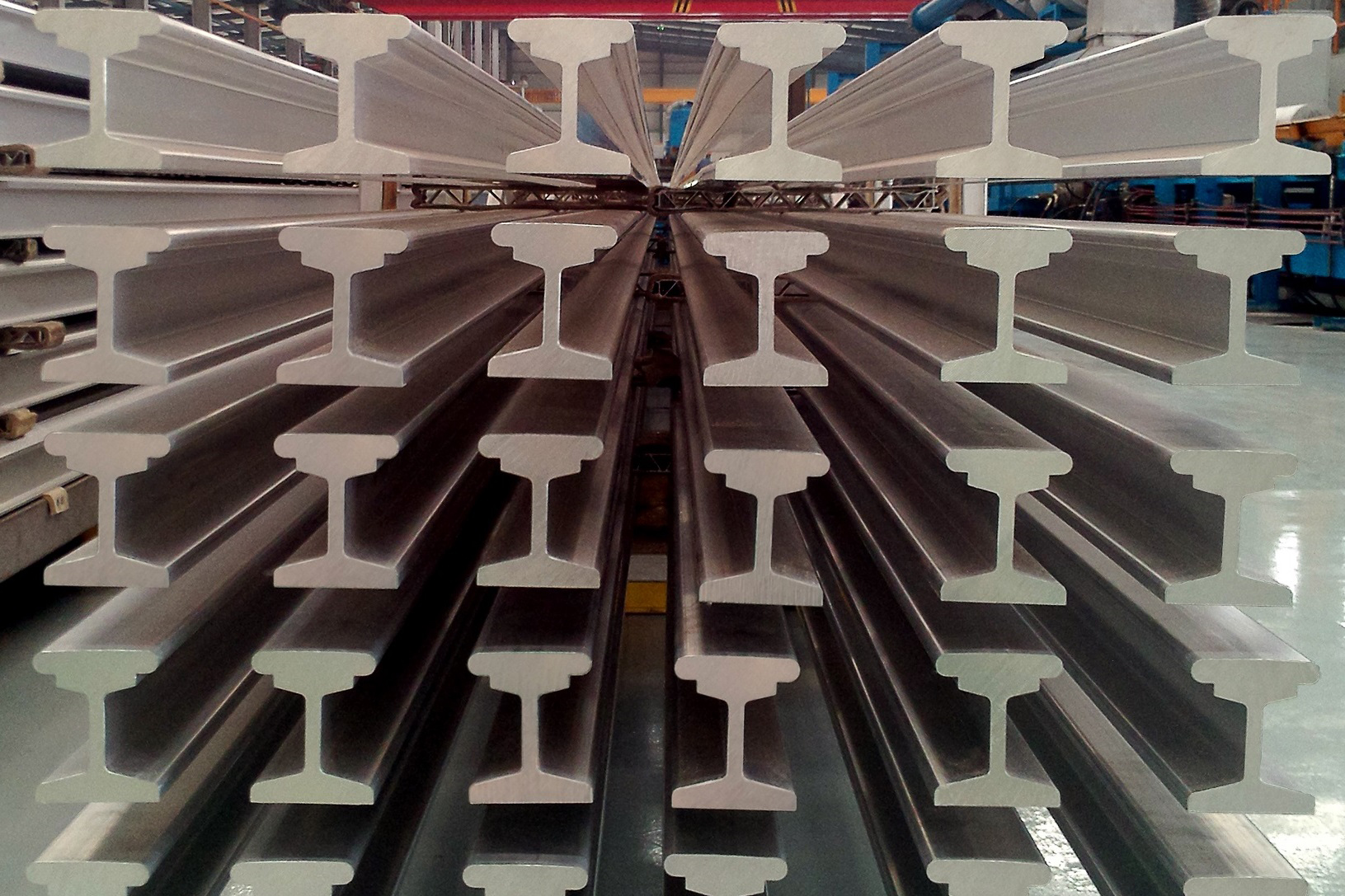
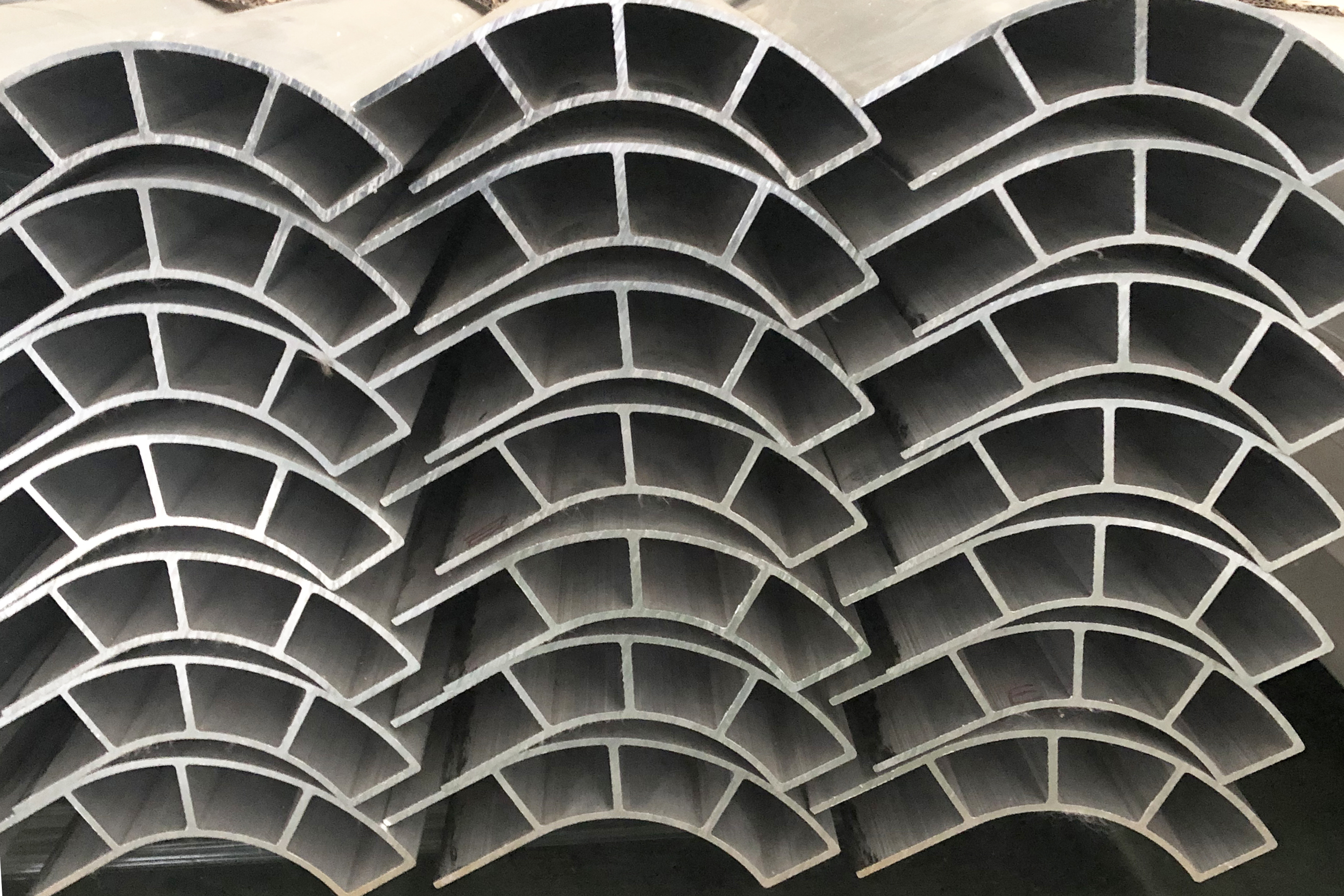
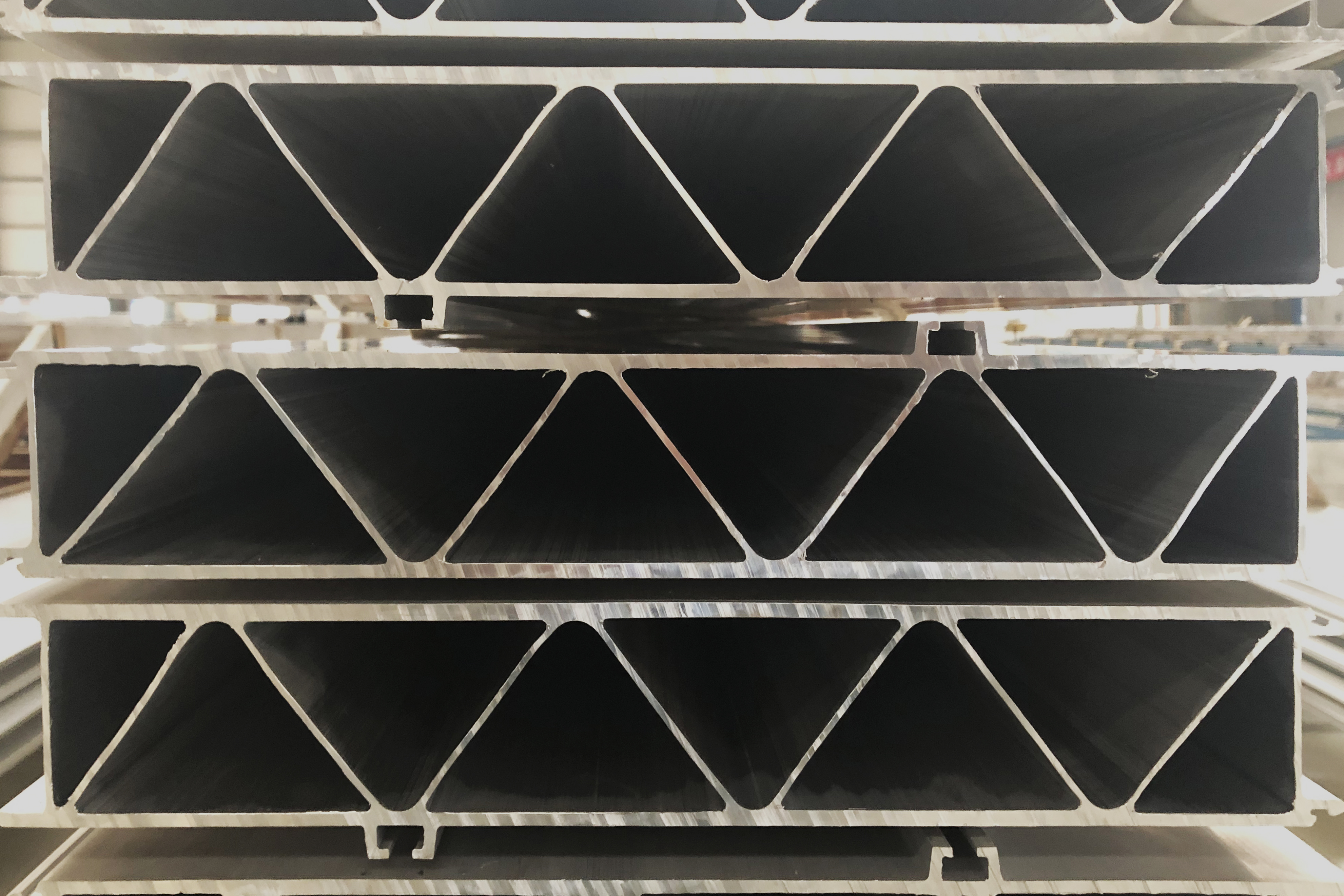
Aluminum is used to make everything from bicycles to spaceships. This metal enables people to travel at breakneck speeds, cross oceans, fly through the sky, and even leave Earth. Transport also consumes the most aluminum, accounting for 27% of total consumption. Rolling stock builders are finding lightweight designs and tailored manufacturing, applying for structural profiles and exterior or interior components. Aluminium carbody allows manufacturers to shave off a third of the weight compared to steel cars. In rapid transit and suburban rail systems where trains have to make a lot of stops, significant savings can be achieved as less energy is needed for acceleration and braking with aluminium cars. In addition, aluminium cars are easier to produce and contain significantly fewer parts.
Meanwhile, aluminum in vehicles improves safety because it is both light and strong. Aluminum eliminates joints by allowing hollow extrusions (instead of a typical two-shell sheet design), which improves overall rigidity and safety. Because of its lower center of gravity and lower mass, aluminum improves road holding, absorbs energy during a crash, and shortens braking distances.
In long distance rail systems aluminium is widely used in high speed rail systems, which began to be introduced en masse in the 1980s. High speed trains can reach the speeds of 360 km/h and more. New high speed rail technologies promise speeds in excess of 600 km/h.
Aluminium alloy is one of the main materials used in the construction of car bodies, having:
+ Body sides (side walls)
+ Roof and floor panels
+ Cant rails, which connect the floor of the train to the side wall
At the moment the minimum wall thickness of aluminium extrusion for car body is nearly to 1.5mm, the max width is up to 700mm, and the maximum length of aluminium extrusion is up to 30mtrs.
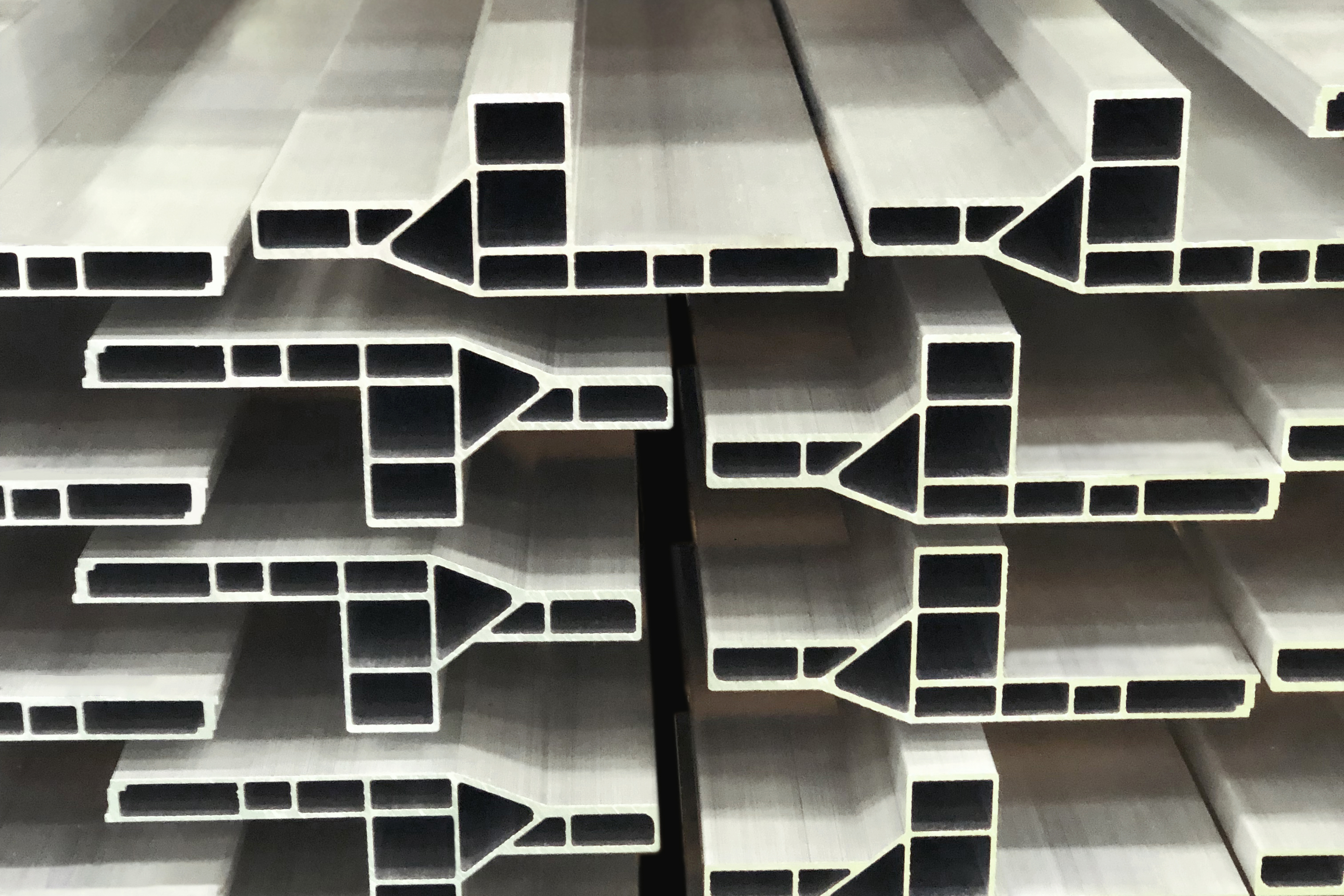
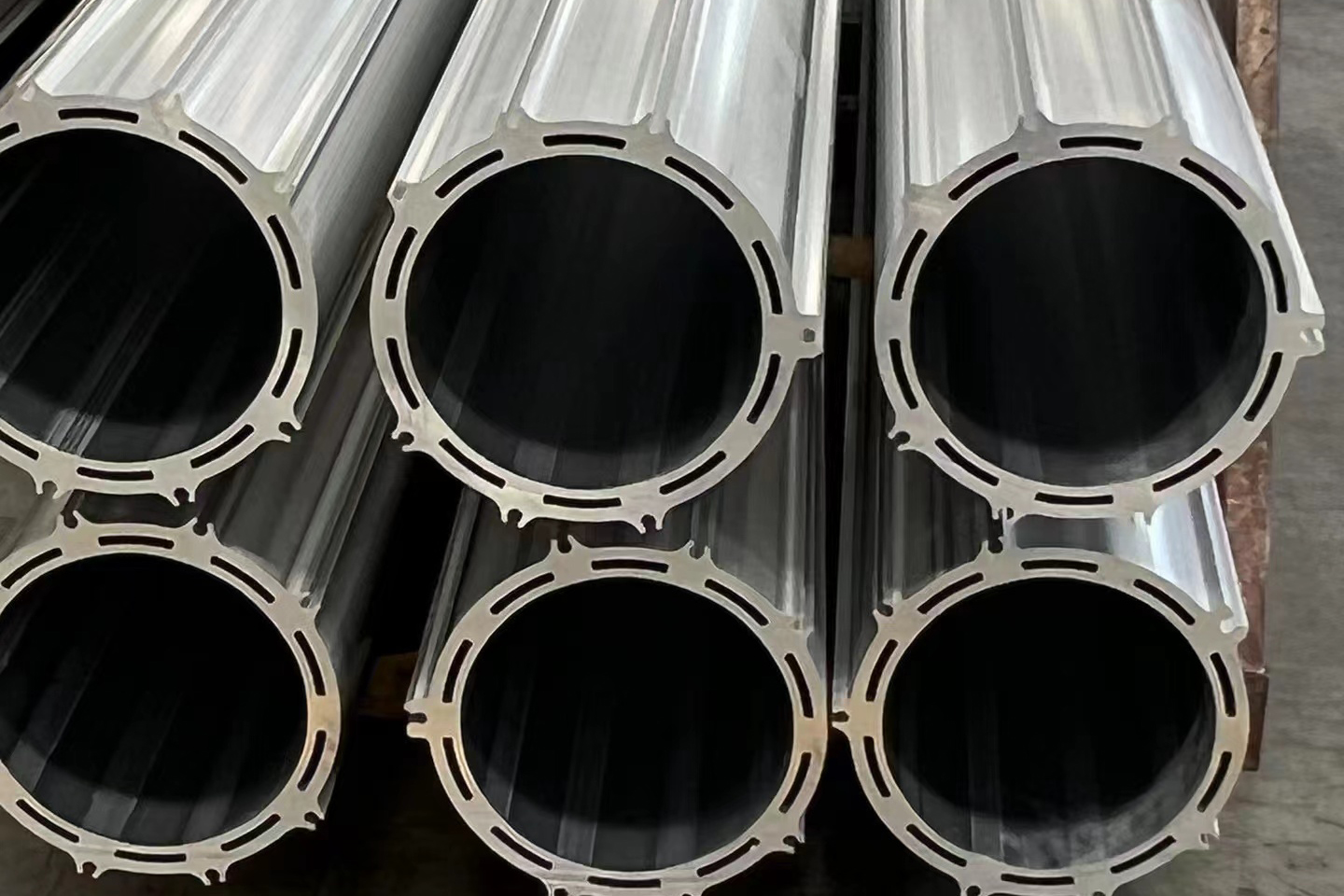
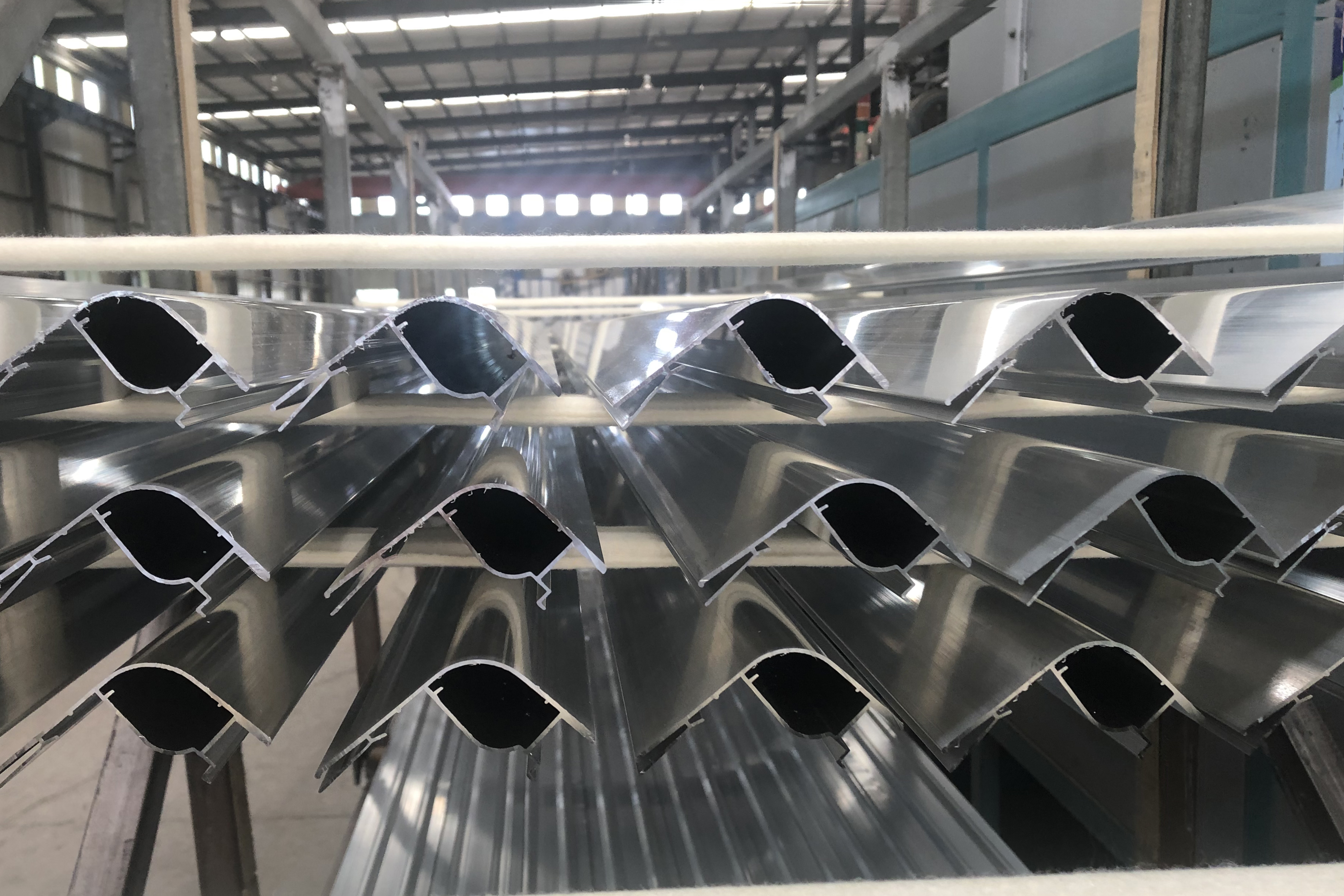
Aluminum can make a better vehicle. Aluminum’s use in autos and commercial vehicles is being accelerated because it offers faster, safer, most environmentally friendly and cost-effective way to increase performance, boost fuel economy and reduce emissions while maintaining or improving safety and durability. Because of aluminum’s intrinsic characteristics and properties, both the passenger and commercial vehicle industries extensively utilize this metal. Why? Above all, aluminum is a lightweight material. When used in automobiles, it can significantly enhance performance and improve fuel economy. Not only that, but aluminum is strong. It is because of the strength-to-weight ratio that aluminum is so valuable in the transportation industry. Vehicular performance enhancements do not come at the compromise of safety. With its high strength and low weight, safety for drivers and passengers is improved.
Aluminium alloys of extrusions and rolling for autos and vehicles:
For automotive areas, aluminium extrusions and rolling include:
(Extrusion)
+ Front bumper beams + Crash boxes + Radiator beams + Roof rails
+ Cant rails + Sun roof frame components + Rear seat structures + Side members
+ Door protection beams + Luggage cover profiles
(Rolling)
+ Exterior and Interior of the engine hood + Exterior and Interior of the trunk lid + Exterior and Interior of the door
For heavy truck or others commercial vehicles, extrusions and rolling include:
(Extrusions)
+ Front and rear protection + Side protection beam + Roof components + Curtain rails
+ Pan rings + Bed support profiles + Foot steps
(Rolling)
+ aluminium tanker
2024 series aluminum alloys have good strength-to-weight ratio & fatigue resistance. Prime applications for 2024 aluminum in the automotive industry include: rotors, wheel spokes, structural components, and much, much more. Extremely high strength and great fatigue resistance are two reasons that alloy 2024 is utilized in the auto industry.
6061 series aluminum alloys have excellent corrosion resistance. Used routinely in the manufacture of auto components and parts, 6061 aluminum possesses high strength-to-weight ratio. Some automotive uses for the 6061 alloy include: ABS, cross members, wheels, air bags, joists, and many others.
Whatever for aluminium extrusion or rolling, mills should be certificated by TS16949 and other relative certificates, now we can supply aluminium products with TS16949 certificate and others’ required certificates accordingly.
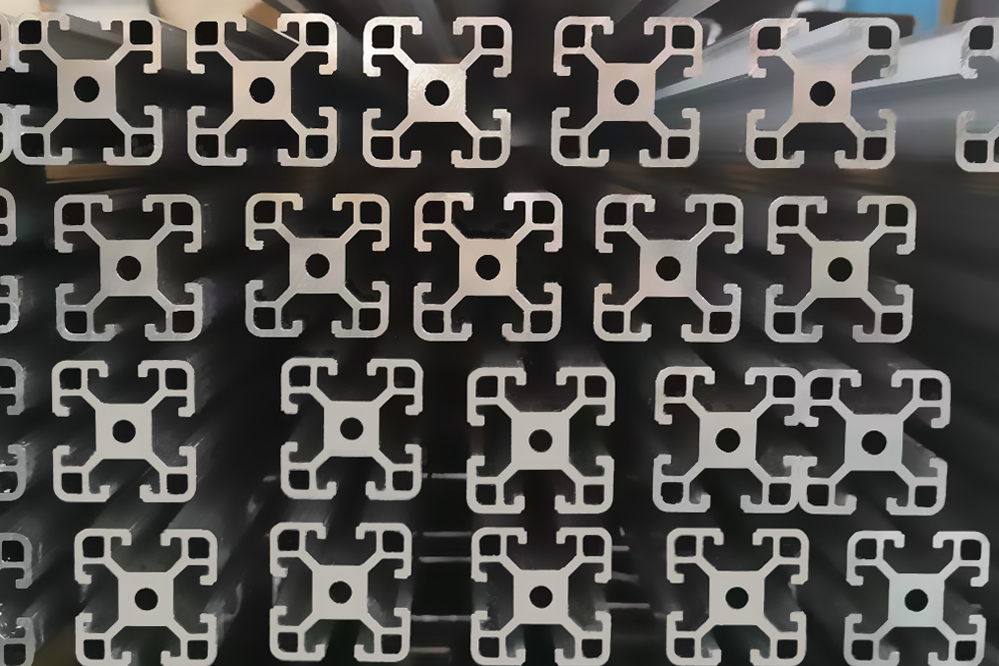

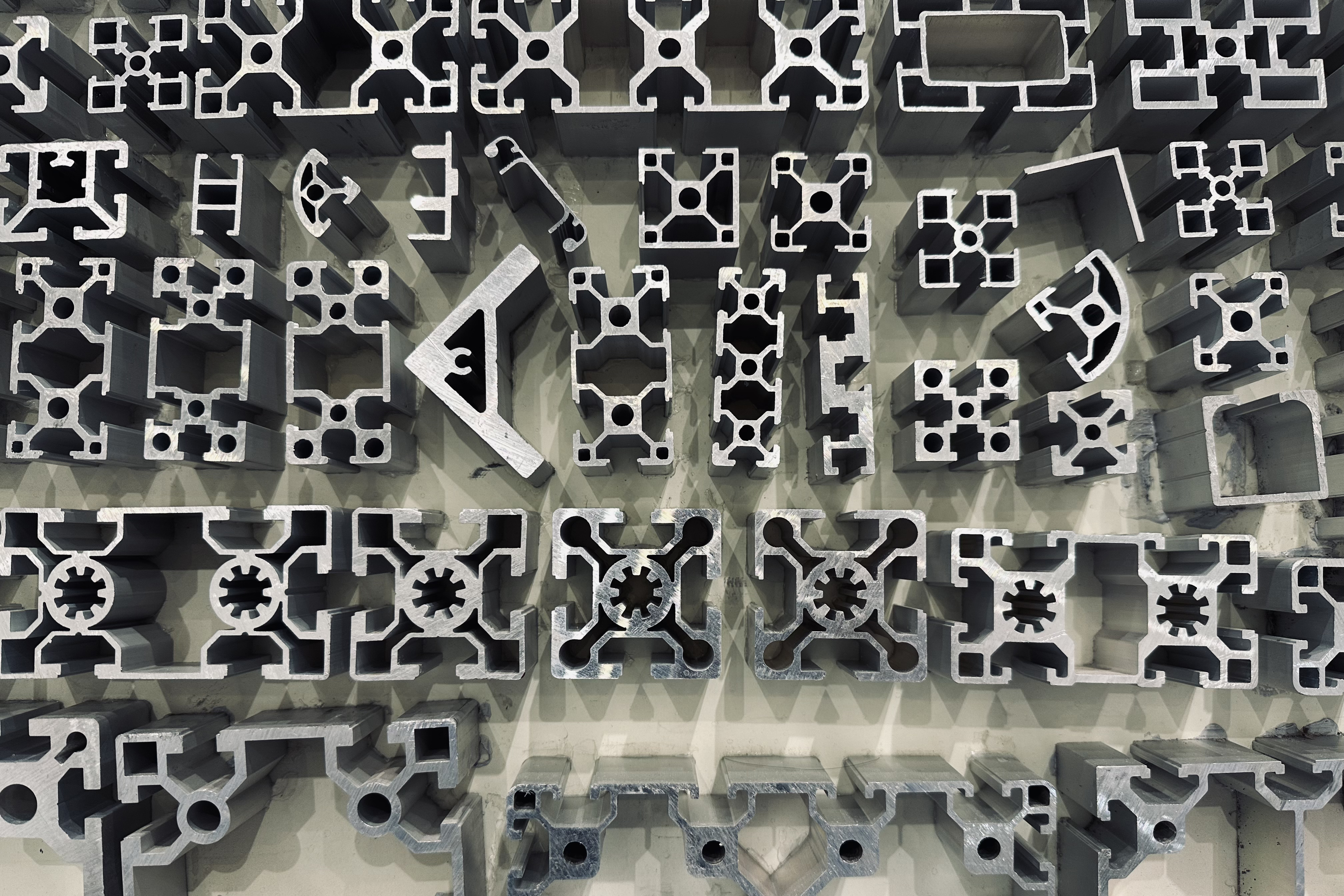
In the past half century, under the joint action of the rising labor cost and the continuous improvement of automation technology, the rapid development of automation equipment has promoted the industrial upgrading and technological progress of the production industry, and some industries at home and abroad have initially realized automatic mechanized production. It is not only the result of the development of science and technology, but also the undoubted development trend of today's society to create new process technology and eliminate the original process equipment through the continuous updating of automation technology.
Then reduce cost, improve product quality and enhance production efficiency through automated production has become the consensus of the manufacturing industry, which also means that the requirements for automated equipment structure will be higher. Compared with the traditional steel structure and aluminum alloy frame we make a comparison.
Traditional steel structure:
1. must be welded by professionals 6. the surface of the material must be painted
2. must prevent welding slag 7. heavy, not conducive to handling and transportation
3. must be prepared to protect the equipment 8. steel shows that cleaning work is more complicated
4. must be prepared to fix and cutting machinery 9. may form rust
5. does not have corrosion resistance
The advantages of choosing industrial aluminum profile frame structure:
1. Can be reused to manufacture complete equipment system components
2. The matching components are easy to assemble
3. Labor and cost savings
4. Assembly work can be done without special tools (e.g. welding equipment)
5. Aluminum elements naturally produce a protective oxide coating without the need for painting
6. Excellent thermal conductivity
7. Easy to clean due to the protection of the anodized layer
8. Non-toxic
9. Possible formation of rust and corrosion
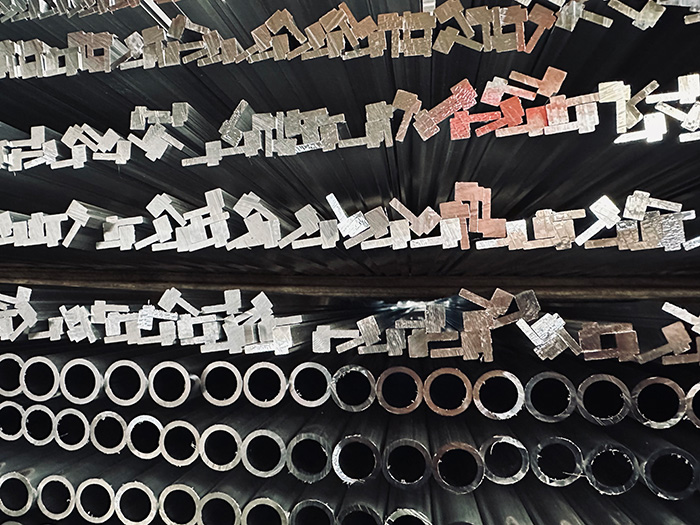
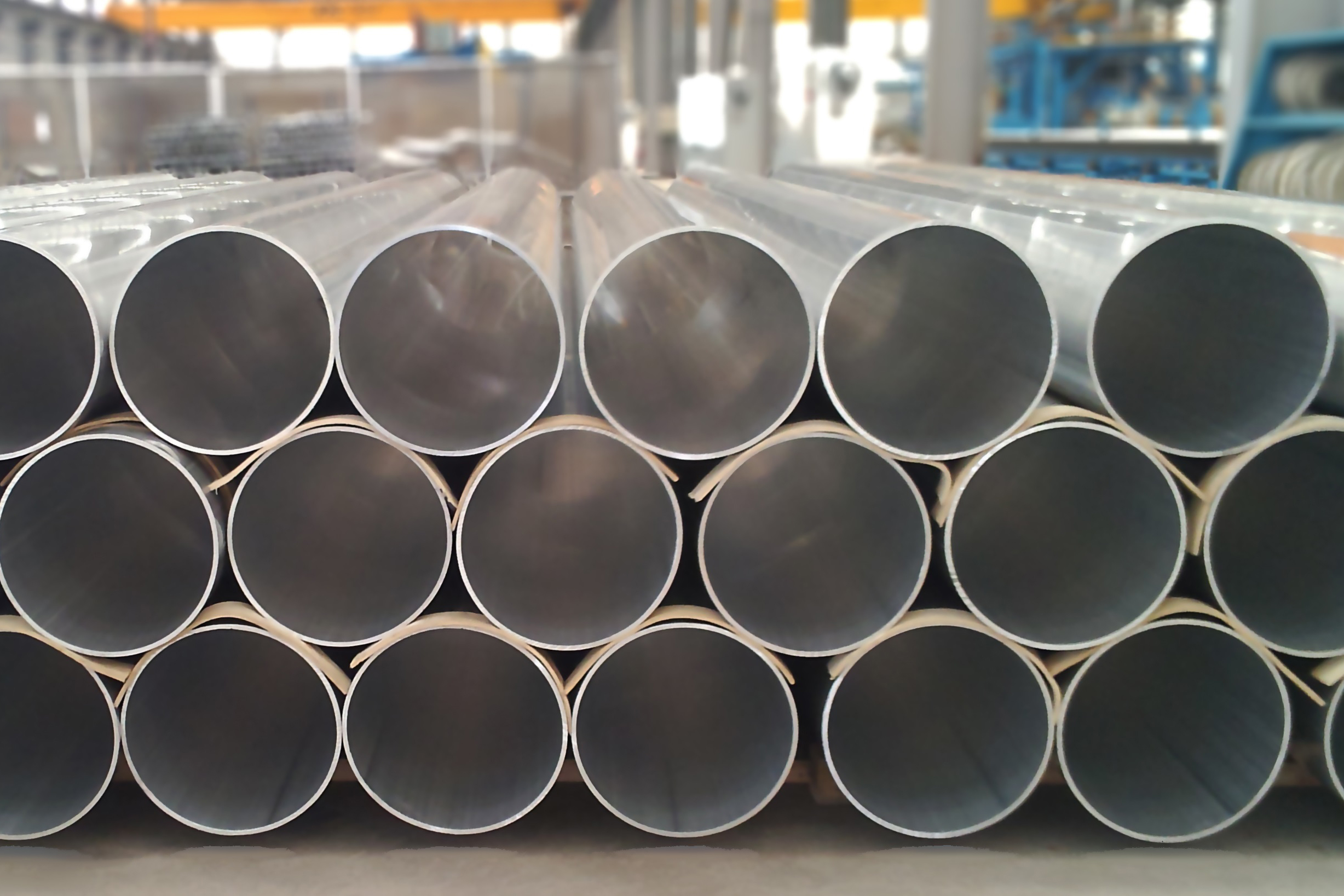
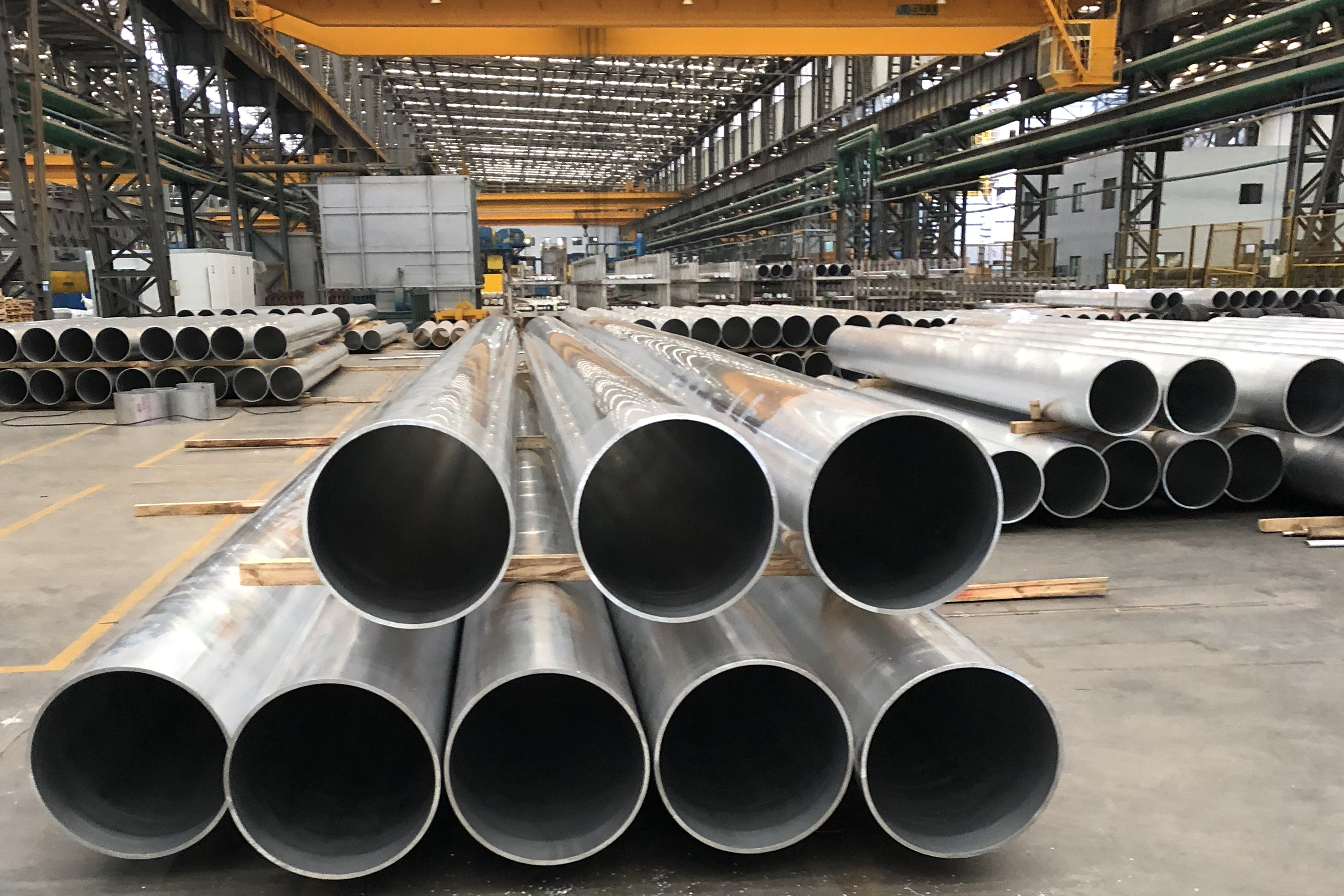
Aluminium has been applied for almost all branches of electrical engineering for many years as a conductor material. In addition to the pure aluminium, its alloys are also excellent conductors, combining structural strength with an quite acceptable conductivity.
Aluminum is used everywhere in the electrical industry. Motors are wound with it, high voltage lines are made with it, and the drop from the power line to your house’s circuit breaker box is probably aluminum.
Aluminium extrusions and rolling for electrical engineering:
+ aluminium wire, cable, strip with drawn or rolled edges.
+ aluminium tube / aluminium pipe or sections by extrusion
+ aluminium rod or bar by extrusion
The comparatively light Aluminum wires decrease the burden on grid towers and expand the distance between them, reducing costs and speeding up construction times. When current flows through Aluminum wires, they heat up, and their surface is coated with the oxide layer. This film functions as excellent insulation, protecting the cables from external forces. The alloy series 1ххх, 6xxx 8xxx, are used to create Aluminum wiring. This series produces products with longevity that exceeds 40 years.
An aluminum rod – a solid aluminum rod with a diameter from 9 to 15 mm – is a workpiece for an aluminum cable. It is easy to bend and roll up without cracking. It is almost impossible to be torn or broken and easily sustains significant static loads.
The rod is produced by continuous rolling and casting. The resultant casted workpiece is then passed through various roll mills, which reduce its cross-sectional area to the needed diameter. A flexible cord is produced that is then cooled and then rolled into huge circular rolls, also known as coils. In a specific manufacturing facility for cable, the rod is transformed into wire using wire drawing machines and dragged into diameters ranging from 4 millimeters to 0.23 millimeters.
Aluminium rod is used exclusively for grid substation busbars at 275kV and 400kV (Gas-Insulated Transmission Line – GIL) and is increasingly being used at 132kV for substation refurbishments and redevelopments.
Now what we can supply is extruded aluminium tube/pipe, bar/rod, classics alloys are 6063, 6101A and 6101B with good conductivity between 55% and 61% International Annealed Copper Standard (IACS). The max outer diameter of pipe we can supply is up to 590mm, the max length of extruded tube is nearly 30mtrs.
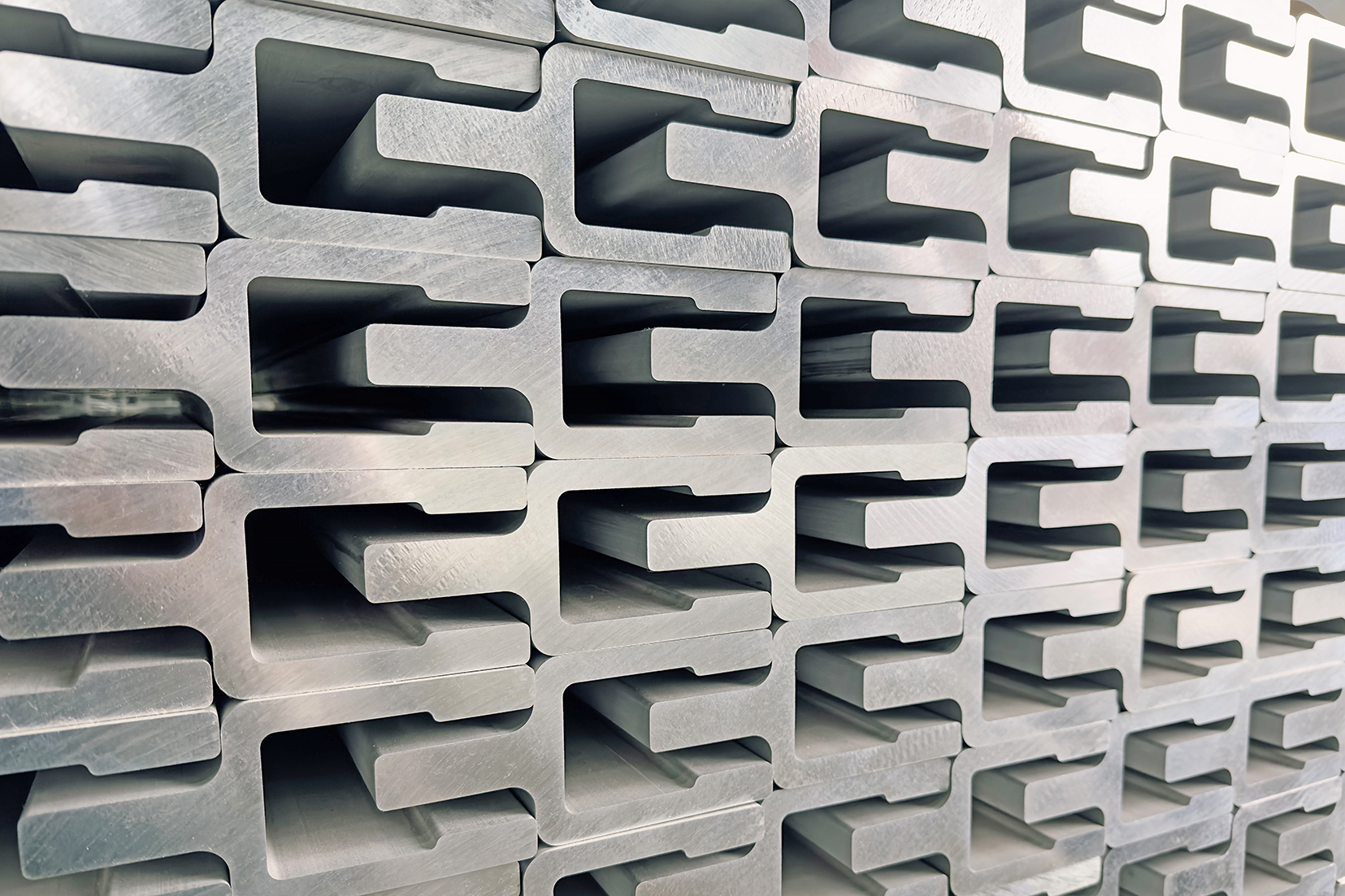
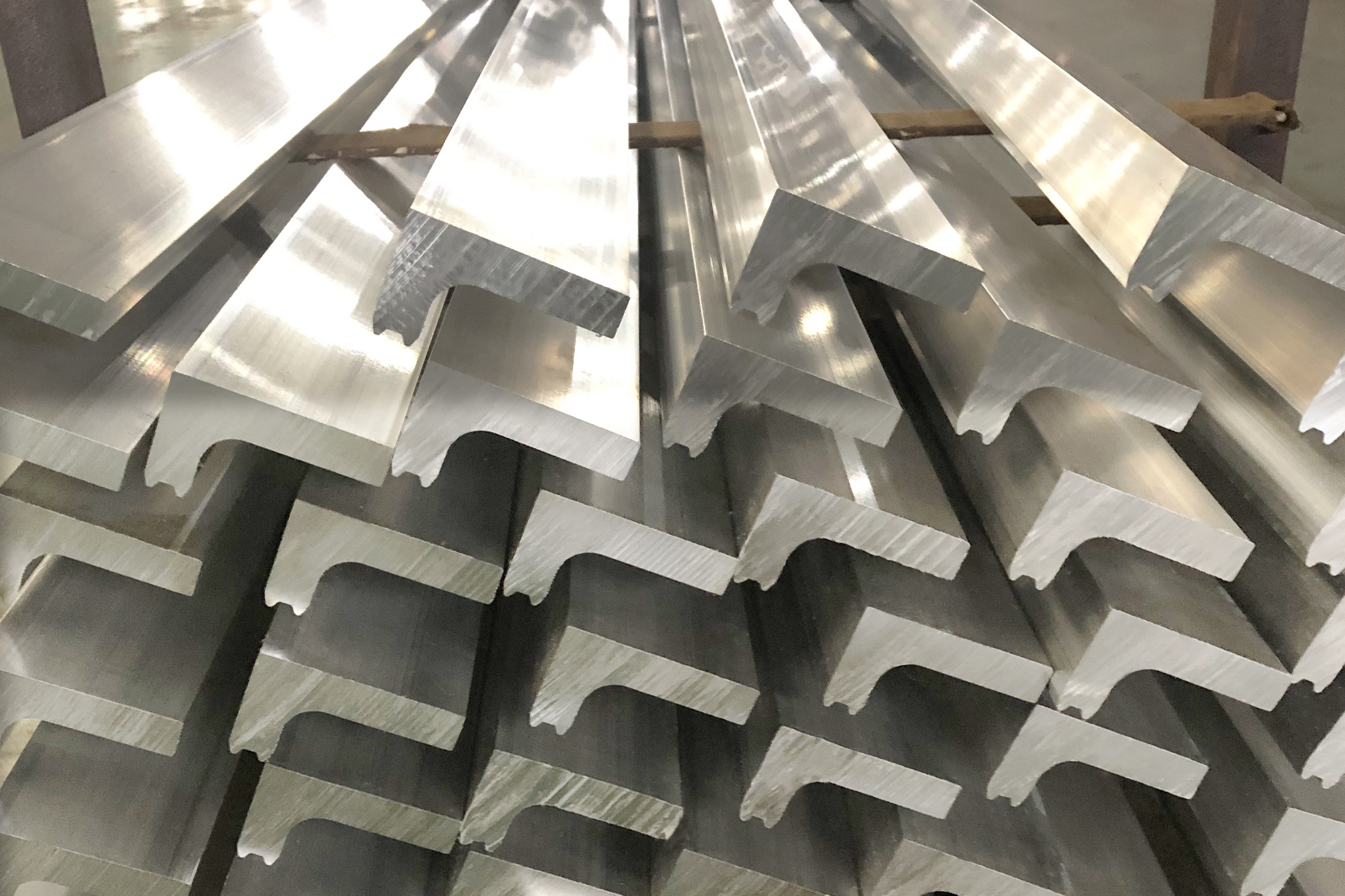
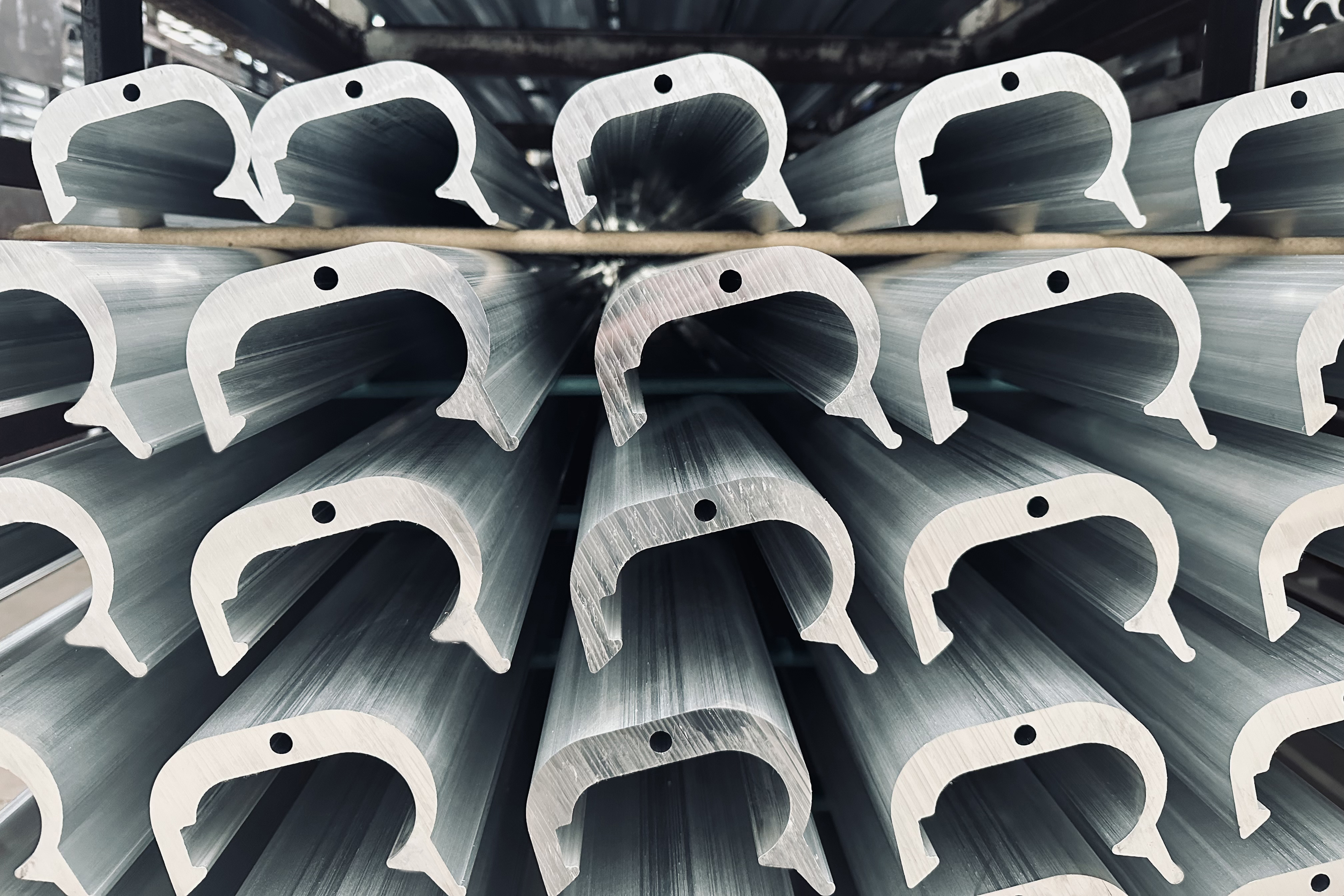
Aluminum is one of the most desirable base metals in machinery construction.It is highly corrosion-resistant and, therefore, universally known as the most effective and versatile material for most applications. It is much lighter than cast iron, so it makes the equipment much easier to install and maintain; moreover, it is highly corrosion-resistant and does not require surface protection, unlike cast iron which has to be galvanized or coated.
Since the industrial civilization was started in the middle of the 18th century, the prosperity and decline of the world's economic powers have proved time and again that "whoever wins the manufacturing industry wins the world". The mechanical equipment with excellent performance also needs the metal that keeps pace with the times to make more durable parts and stronger frame structures. However, the manufacture and development of aluminum and aluminum alloy products, such as aluminum alloy profiles, are in line with the current demand of machinery manufacturing, and have played an important role in the development of machinery industry, and their future application prospects will be even broader.
Why does aluminum alloy profile have such a prospect in mechanical manufacturing?
1. Aluminum alloy profiles are inherently suitable for the development needs of the machinery manufacturing industry and are one of the basic raw materials for the development of the machinery manufacturing industry.
2. Aluminum alloy profiles are also evolving, both production and processing processes have been improved to keep pace with the development of machinery manufacturing industry and even promote each other.
3. In the face of the emergence of various new materials, aluminum alloy profiles have always maintained an irreplaceable position.
Aluminum alloy profile itself has good weldability, high hardenability, free machinability, brazability, high corrosion resistance, high heat resistance, wear resistance, high strength and toughness and superior decorative properties, etc., is required by the machinery manufacturing industry.